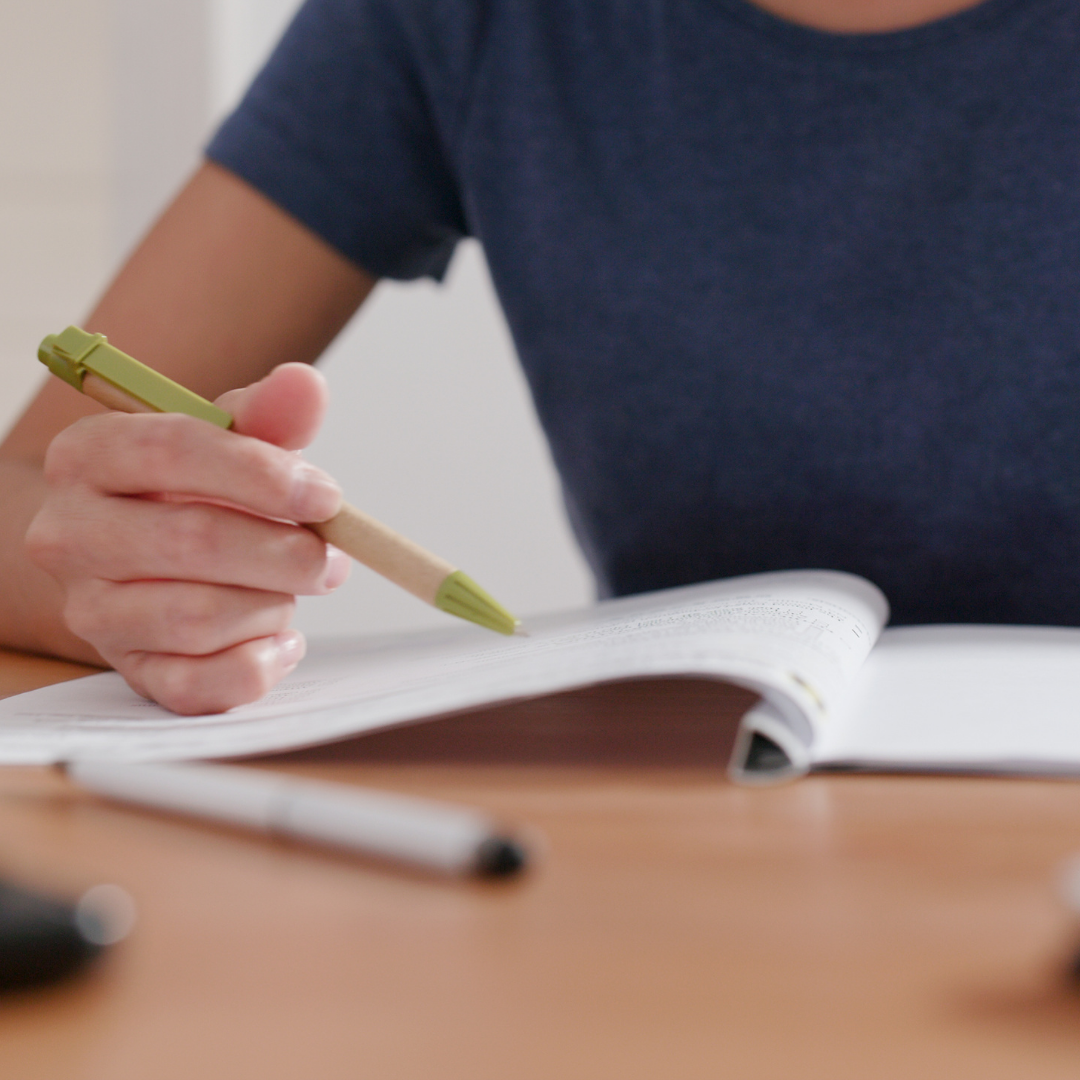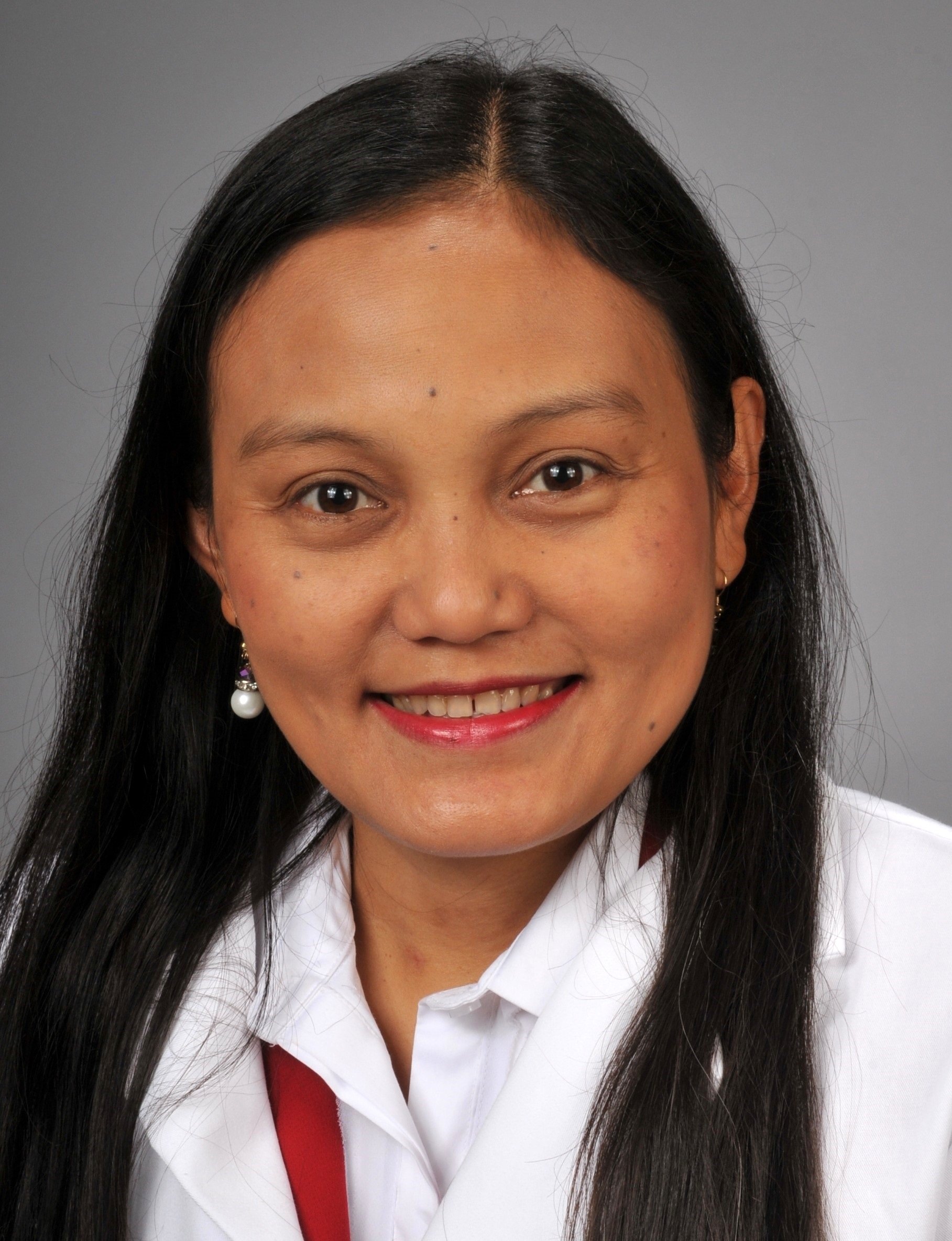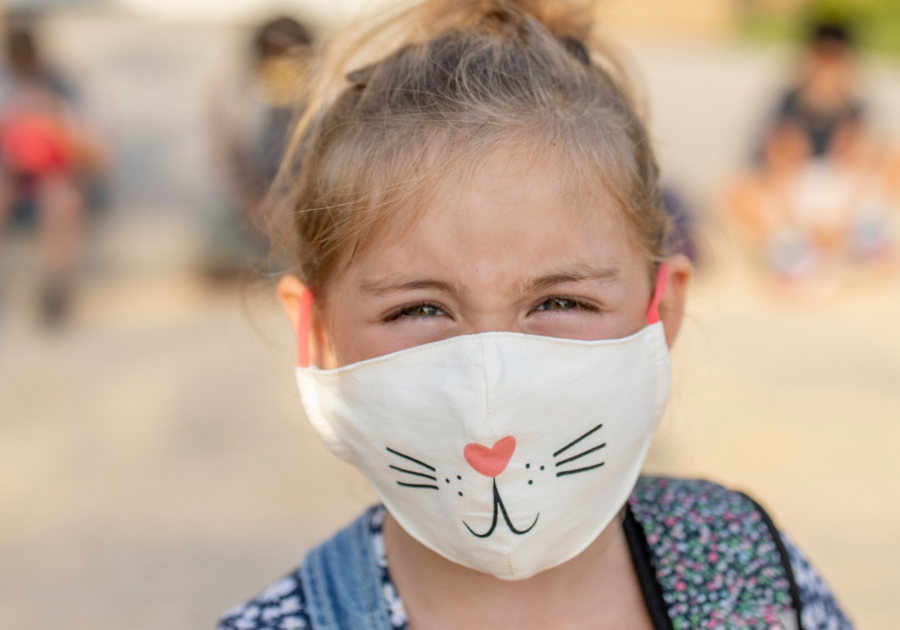Just when we (and our kids) started to feel like we’d gotten the hang of virtual learning, things are changing again. With thousands of children set to go to school in-person for the first time in the coming weeks, students (and their parents) are facing mixed emotions.
Parents may be excited for their kids to see their classmates in person and return to a traditional learning environment, but they also may worry about the huge change in routine — particularly since many students will spend part of the week at school and part of learning virtually at home. Families with children that have special needs are often the hardest hit by big transitions. Students with anxiety, learning disabilities, autism spectrum disorders, and others can have a tough time adjusting to changes in schedule, environment, and more. But all kids can benefit from a little advanced preparation before in-person school resumes. “Everyone has special needs right now,” says Dr. Yasmin Senturias, a pediatrician with Atrium Health Levine Children’s Developmental & Behavioral Pediatrics of the Carolinas. “It’s all about routine and managing that expectation of the next step.”
Prepare kids in advance
 |  |
Dr. Senturias said all kids can benefit from deliberate preparation before their school schedule changes again so they can know what to expect. She suggests putting up a large calendar that shows exactly which days of the week the kids will be at school and which days they’ll be home (or elsewhere doing virtual learning). If your child can’t read, consider putting a photo of your child’s teacher or a school building on days he’ll be at school. This easy-to-understand scheduling tool can help soothe anxiety in kids with anxiety and autism spectrum disorders. You’ll also need to let them know what to expect in terms of COVID-19 safety measures.
“Kids on the spectrum or who have sensory issues or even ADHD may have difficulties wearing a mask,” Dr. Senturias says. “Make it fun by saying ‘you’re a superhero, you’re wearing a mask’ and buy a fun and special mask.” When your child successfully wears his or her mask all day, reward them with praise or even a treat. If your child continues to have a hard time with mask-wearing during school, reach out to an occupational therapist who specializes in sensory issues to help. And it may seem obvious to us, but it’s important to show kids repeatedly what a 6-foot distance looks like (to encourage social distancing), as well as the correct way to wash their hands.
 |
Other than advanced preparation, Dr. Senturias’ number one piece of advice is to make yourself part of your child’s educational team. Reach out to their teachers, counselors, and other appropriate staff members to help put a plan in place that will help your child with re-entry into the school building.
Keep home learning environment school-friendly
Even once in-person school begins, most kids will still be spending at least half their week doing virtual learning at home. Dr. Senturias said some kids with special needs have flourished thanks to the virtual platform. “The ones with anxiety have done quite well with the online learning environment because they don’t have to have the performance (in class) that they dread,” she said. “And the ones with bad experiences such as bullying, in some ways this platform has been a blessing for them.” Still, it’s important to make sure the at-home environment is still conducive to learning. “Even though it’s virtual, this is school,” she said. “Therefore there needs to be a learning space that’s private and free from distractions, just as if they were in school.” If at all possible, remove anything from the learning environment that might be distracting for your child, such as toys or a younger sibling. Most kids with special needs benefit from a set schedule, even when they’re learning at home. Dr. Senturias said you could post the schedule in the learning area, or even get a school bell to ring when it’s time to start and end class each day.
 |
She said avoid the temptation to let kids sleep in later on virtual learning days. Set their alarm clock and have them get up and get dressed as usual to stay in a good routine. But when you’re making your at-home schedule, don’t forget to build in some time for movement. “Exercise and movement breaks are very important for kids with ADHD and autism,” Dr. Senturias says. “Right before you start the day, get their energy out, let them run it off a little bit. It will help them focus on the moment.” The bottom line for parents of kids with and without special needs is to communicate often, prepare in advance, and stay consistent even as the world continues to change.
 |
Dr. Yasmin Senturias is a developmental-behavioral pediatrician and Professor of Pediatrics at Atrium Health Levine Children’s Developmental & Behavioral Pediatrics of the Carolinas. She has been with Atrium Health for 8 years. Dr. Senturias attended medical school at the University of the Philippines and completed her pediatric residency at the Philippines General Hospital and Akron Children’s Hospital. She also completed 2 fellowships —Developmental and Behavioral Pediatric and Community Pediatrics— at Yale University. Her clinical interests are Fetal Alcohol Spectrum Disorders, ADHD, Tourette Syndrome, autism spectrum disorders, anxiety disorders, developmental delay and behavioral disorders. When not at work, she enjoys traveling, singing, and spending time with family.
Need a pediatrician? Find one here.
From our friends at Atrium Health Levine Children's: Whatever your child’s medical needs are, we’re here for them – with COVID-Safe care. We’re setting the national standard with innovative safety measures, so your family feels comfortable and confident each time you visit. See what we’re doing to keep you COVID-Safe.
Connect with Atrium Health Levine Children's



